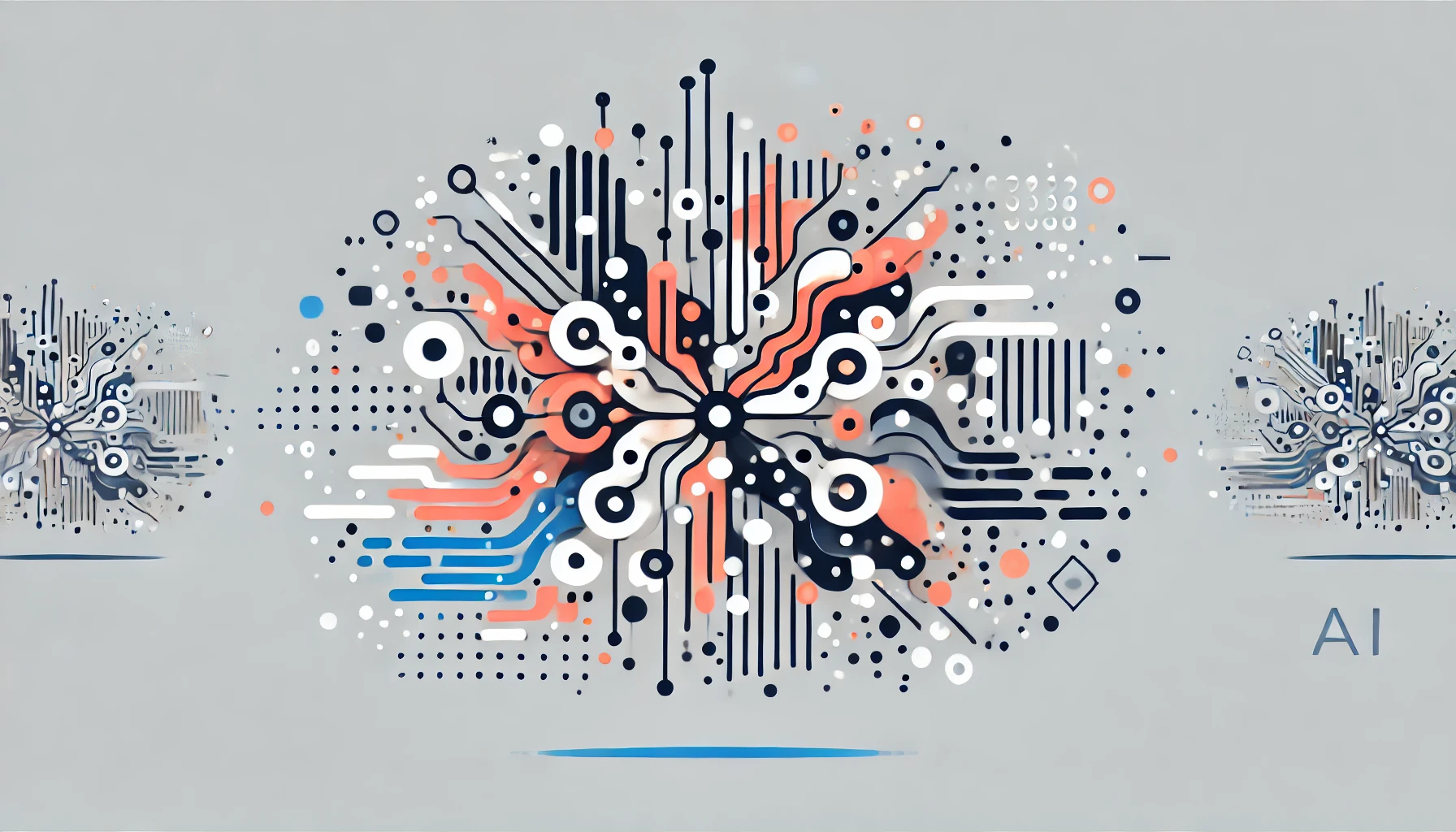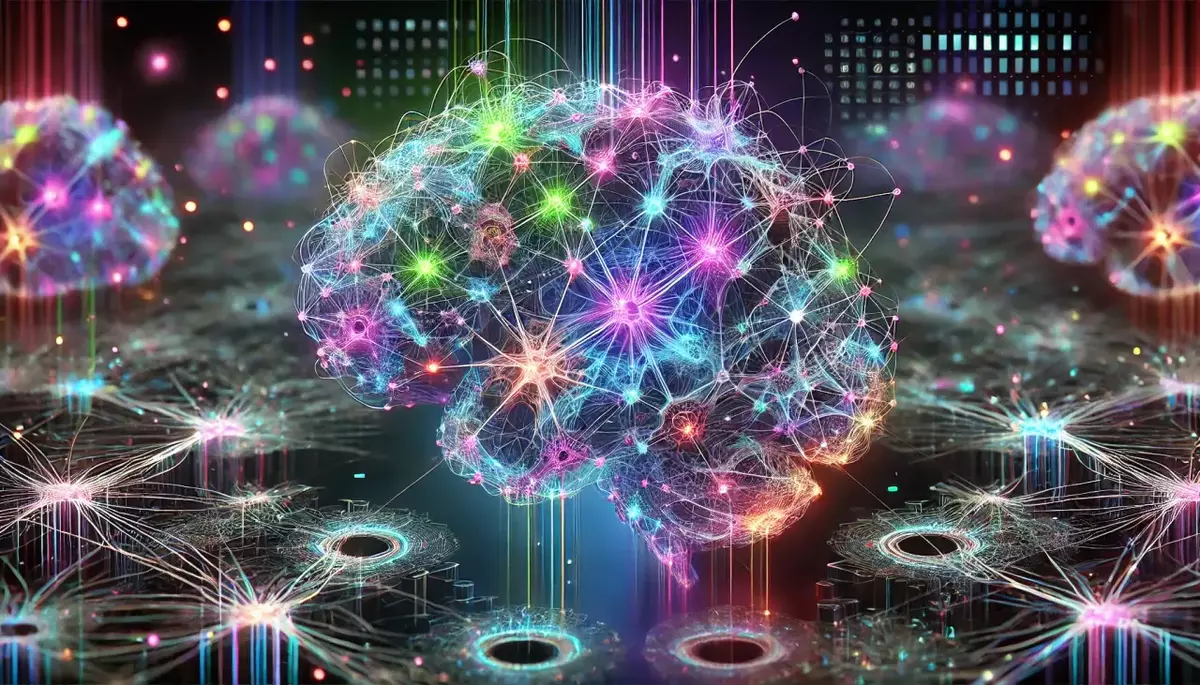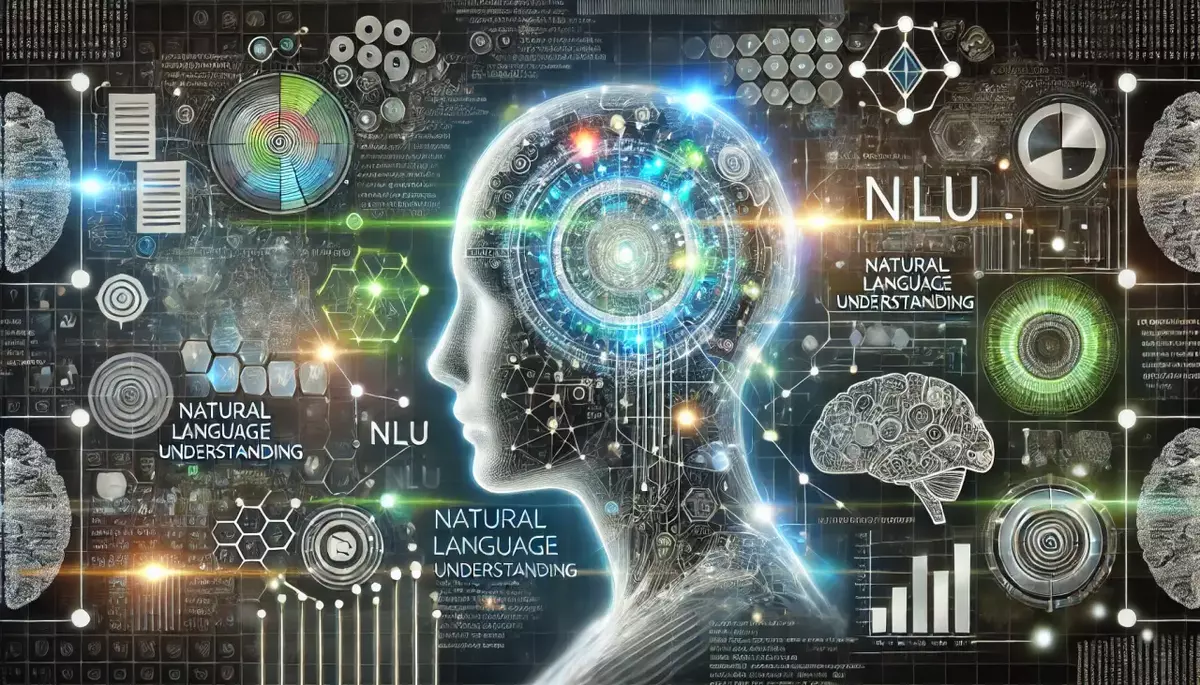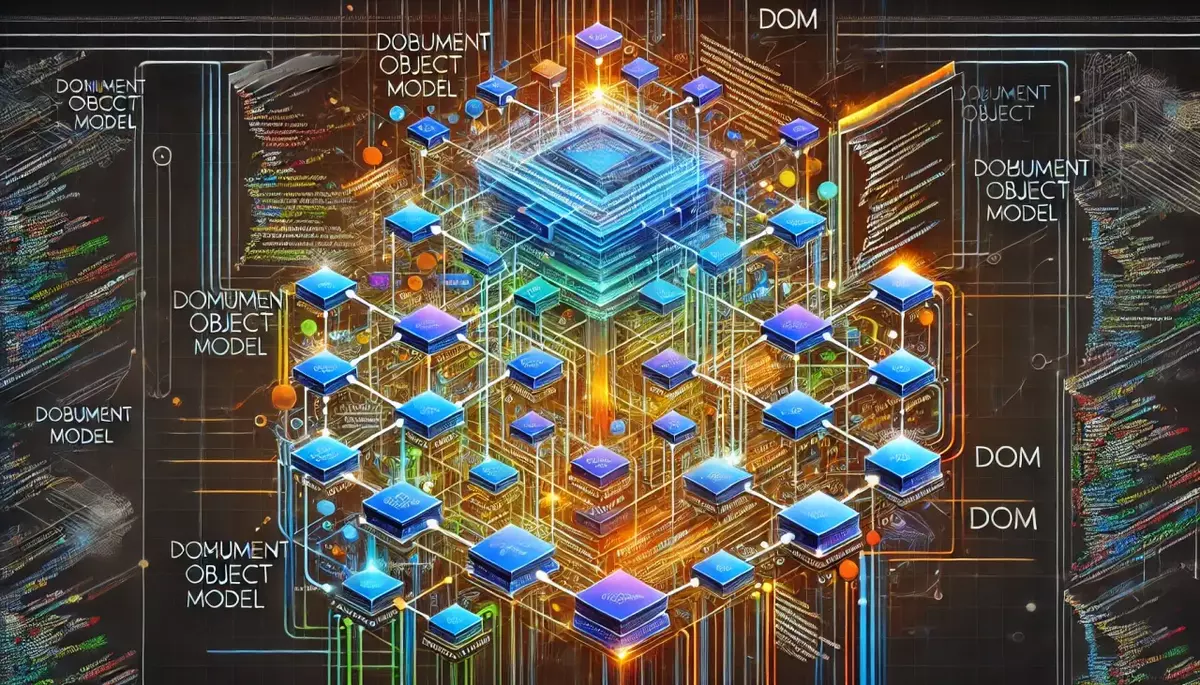Introduction
Environmental Impact Assessment (EIA) is a critical process that evaluates the potential environmental consequences of a proposed project or activity. The integration of Artificial Intelligence (AI) into EIA has the potential to revolutionize this field, enhancing the accuracy, efficiency, and transparency of the assessment process.
What is Environmental Impact Assessment (EIA)?
EIA is a systematic process that identifies, predicts, evaluates, and mitigates the environmental and social impacts of a proposed project or activity. It is a crucial tool for decision-makers to ensure that development projects are sustainable and minimize their impact on the environment.
Key Characteristics of EIA:
- Comprehensive Evaluation: EIA examines the potential impacts on various environmental components, including air, water, soil, biodiversity, and socioeconomic factors.
- Multidisciplinary Approach: EIA involves the collaboration of experts from different fields, such as ecology, engineering, and social sciences.
- Mitigation Strategies: EIA identifies measures to avoid, minimize, or compensate for the identified environmental impacts.
Integrating AI into Environmental Impact Assessment
The application of AI technologies in EIA can significantly enhance the assessment process by improving data analysis, modeling, and decision-making.
AI Applications in EIA:
- Data Collection and Analysis: AI-powered sensors and drones can gather comprehensive environmental data, while machine learning algorithms can analyze this data to identify patterns and trends.
- Predictive Modeling: AI models can simulate the potential environmental impacts of a proposed project, allowing for more accurate forecasting and risk assessment.
- Automated Report Generation: AI can assist in the preparation of EIA reports by automating the compilation of data, analysis, and recommendations.
- Decision Support: AI-based decision support systems can help stakeholders and policymakers evaluate alternative scenarios and make informed decisions.
Benefits of AI-Powered Environmental Impact Assessment
The integration of AI in EIA can provide several benefits, including:
Improved Accuracy and Efficiency
- AI algorithms can process large volumes of data and identify complex patterns, leading to more accurate impact assessments.
- Automated data collection and analysis can significantly reduce the time and resources required for the EIA process.
Enhanced Transparency and Objectivity
- AI-based systems can provide more transparent and objective assessments, reducing the potential for bias or subjectivity.
- The use of AI can improve the consistency and reproducibility of EIA results.
Improved Stakeholder Engagement
- AI-powered visualization and simulation tools can help stakeholders better understand the potential impacts of a proposed project.
- AI-assisted decision support systems can facilitate more informed and collaborative decision-making processes.
Challenges and Limitations
While the integration of AI in EIA offers significant benefits, there are also challenges and limitations to consider:
- Data Availability and Quality: The effectiveness of AI-powered EIA depends on the availability and quality of environmental data, which can be limited in some regions.
- Transparency and Interpretability: The complexity of AI models can make it challenging to understand and explain the decision-making process, which can raise concerns about transparency and trust.
- Ethical Considerations: The use of AI in EIA raises ethical questions, such as the potential for bias, the impact on stakeholder engagement, and the responsibility for AI-driven decisions.
Future Directions and Recommendations
As the integration of AI in EIA continues to evolve, the following future directions and recommendations can be considered:
- Improved Data Infrastructure: Investing in comprehensive environmental data collection and management systems to support AI-powered EIA.
- Collaborative Partnerships: Fostering interdisciplinary collaborations between AI experts, environmental scientists, and policymakers to drive innovation in EIA.
- Regulatory Frameworks: Developing guidelines and regulations to ensure the responsible and ethical use of AI in the EIA process.
- Capacity Building: Providing training and education programs to equip EIA practitioners with the necessary skills to leverage AI technologies.
Conclusion
The integration of AI in Environmental Impact Assessment has the potential to transform this critical process, enhancing accuracy, efficiency, and transparency. By leveraging the power of AI, EIA can become a more robust and reliable tool for decision-makers to ensure sustainable development and environmental protection. As the field continues to evolve, it is essential to address the challenges and limitations while embracing the opportunities presented by this innovative approach.
This knowledge base article is provided by Fabled Sky Research, a company dedicated to exploring and disseminating information on cutting-edge technologies. For more information, please visit our website at https://fabledsky.com/.
References
- Anjaneyulu, Y., & Manickam, V. (2011). Environmental Impact Assessment Methodologies. CRC Press.
- Geneletti, D. (2016). Handbook on Biodiversity and Ecosystem Services in Impact Assessment. Edward Elgar Publishing.
- Glasson, J., Therivel, R., & Chadwick, A. (2013). Introduction to Environmental Impact Assessment. Routledge.
- Kiker, G. A., Bridges, T. S., Varghese, A., Seager, T. P., & Linkov, I. (2005). Application of multicriteria decision analysis in environmental decision making. Integrated environmental assessment and management, 1(2), 95-108.
- Zheng, L., Thonemann, N., & Schebek, L. (2019). Investigating the application of Industry 4.0 technologies in environmental life cycle assessment. Procedia CIRP, 80, 337-342.


























